
Nissan Qashqai Station Wagon (2014-2021) engines, drive and performance
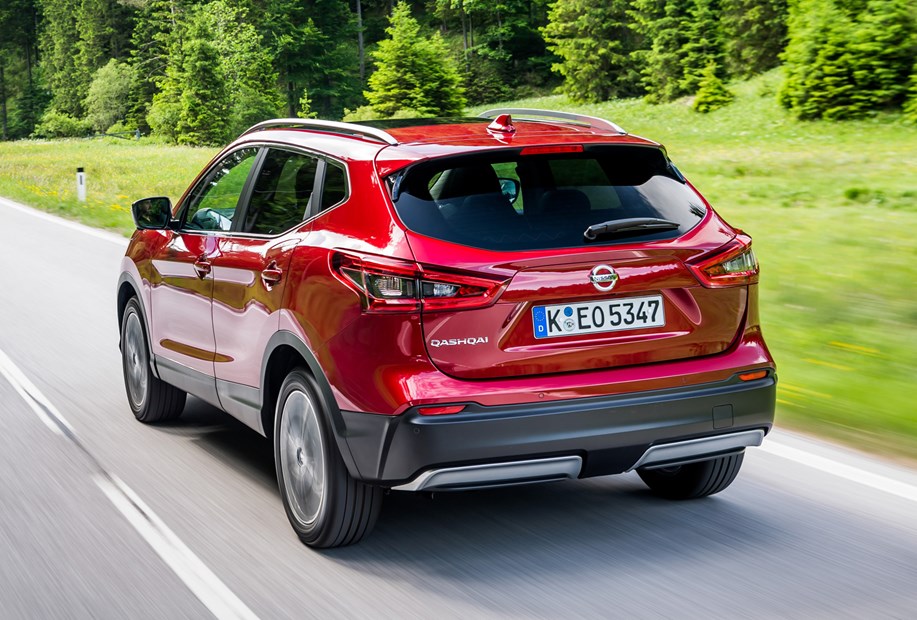
- Economical range of engines
- Performance not a high priority
- Manual, automatic and 4WD available
Petrol engines
The Nissan Qashqai Mk2 was an early example of big-car, small-engine thinking. It was initially available with a 115hp 1.2-litre petrol engine, which matched the original Qashqai’s 1.6-litre performance with better economy and lower CO2. You could have it with a choice of manual or automatic gearbox, in front-wheel drive only.
However, the 1.2-litre engine is not particularly reliable, and has issues with oil consumption. We would only recommend it if the car’s history is impeccable and it’s too cheap to ignore.
The 1.6-litre DIG-T in pre-2018 models is the one to have if you want the fastest Qashqai. It has 160hp and can get from 0–62mph in 8.9 seconds. Plus, it has a top speed of 124mph, which means motorway cruising is relaxed.
Step up to the facelifted Qashqai and the choice is easier. There’s just one 1.3-litre petrol engine in two states of tune – either 140hp or 160hp. The more powerful model is available with an optional seven-speed DCT automatic gearbox.
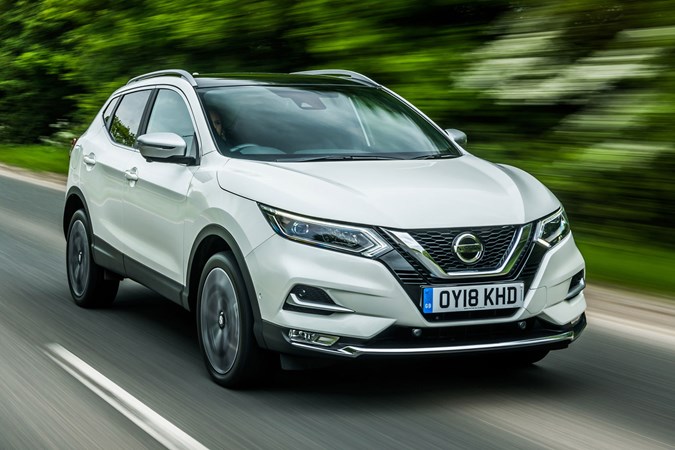
The 140hp version, meanwhile, is easy to find and has a useful 240Nm of torque, giving it much more punch than the 1.2. On the move, it’s smooth and quiet and feels quicker than you might expect, especially next to the more powerful 160hp version. The 1.4-litre will complete the 0–62mph sprint in 10.5 seconds.
If you want more power, the 160hp should do the trick. It has 260Nm of torque and a 0–62mph time of 8.9 seconds. The difference between the two engines isn’t huge, but the step up in performance is noticeable – especially when overtaking.
We’d therefore recommend you save a bit of money and go for the 140hp version. If, however, you need or want an automatic gearbox, the 160hp model is your only option as the DCT gearbox isn’t available with the 140hp car. It’s a smooth, if slightly hesitant – but the trade-off is impressive economy compared with old-school petrol autos, and it’s proving reliable as the cars get older.
Diesel engines
The entry-point to diesel Qashqai ownership is the Renault-sourced 1.5-litre dCi unit. At launch, it produced 110hp (badged dCi 110), but Nissan later increased its performance to 115hp (the dCi 115) in 2018.
While it’s the same basic engine from the previous Qashqai, it’s quieter, smoother and more economical than it was in its before. With 115hp and 260Nm of torque, it’s not the quickest but it is the most economical engine in the range. Nissan quotes figures of 113mph and a 0–62mph time of 11.9 seconds, so expect performance to be no more than adequate for a vehicle of this size.
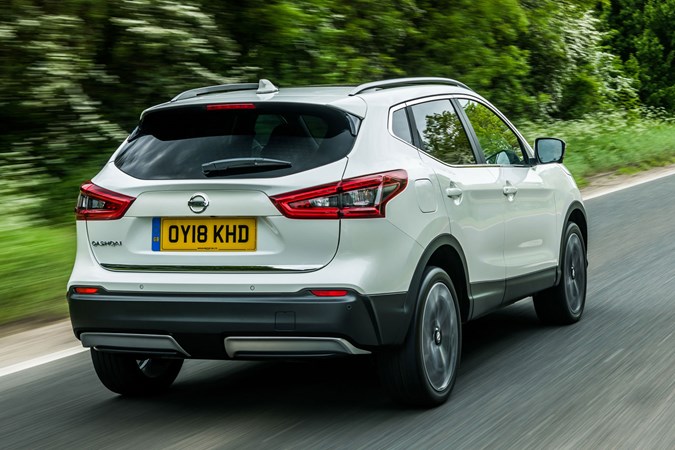
It’s quiet during normal driving, only becoming noisy when extended, and no worse than most other diesels. Its extra torque over the entry-level petrol makes it easier to drive in many respects. A DCT dual-clutch transmission was introduced for the 1.5-litre dCi in 2018, giving buyers the option of an automatic with an economical low-CO2 engine.
Nissan Qashqai Mk2 4x4 – diesel only
If you want four-wheel drive, you’ll need to splash out on one of the larger diesel engine. Early models had a 130hp 1.6-litre unit, but this was replaced by a 150hp 1.7-litre unit in 2019. You can have the four-wheel drive system with either a manual gearbox or a CVT automatic, while front-wheel drive models were manual only.
Both these larger diesels get a bit noisy at speed. This is more apparent in pre-facelift models, though, as the 2018 update focused in improving wind and road noise with some extra sound deadening.
The 150hp 2WD manual model tops out at 119mph, and it has a 0–62mph time of 9.5 seconds. Nissan claims identical figures for the 4WD manual but, when paired with the CVT automatic, they change to 120mph and 11.2 seconds respectively.
What’s it like to drive?
- Safe, predictable handling
- Unlikely to sate enthusiastic drivers
- Raft of on-board electronic stability aids
The original Nissan Qashqai felt like a conventional hatchback to drive, and the second-generation model continued that theme. Although there’s plenty of body roll when cornering, the car feels safe and stable at all times. It’s certainly not exciting to drive but, as surefooted family transport, it’s hard to criticise.
Nissan made subtle changes to spring and damper rates as part of the 2017 facelift, as well as beefing up the steering to provide more positive feedback. The result is an improvement in dynamics overall – at least up to a point. Drivers looking for something with a sportier feel will probably find the Ford Kuga more satisfying.
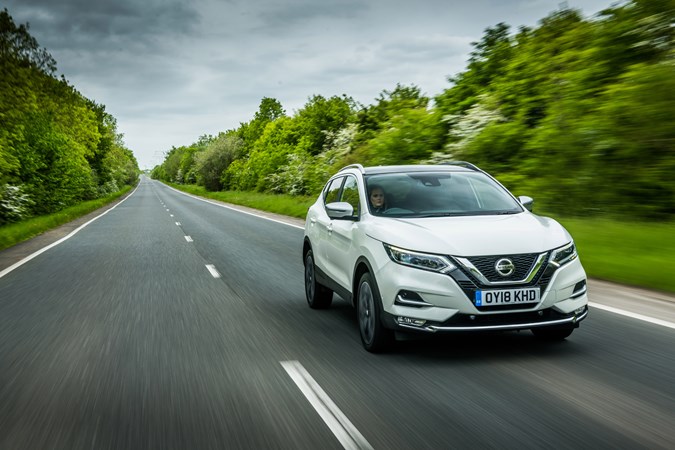
There’s plenty of electronic witchcraft going on behind the scenes to keep the Qashqai on the straight and narrow. The brakes will individually snatch at each wheel while cornering or driving over bumpy surfaces to keep the car’s body as stable as possible. As well as making the car more nimble, the company claims this also improves comfort for passengers.
All-wheel-drive versions get a more sophisticated suspension set-up with a multilink layout at the rear. Ride quality for all versions regardless of drivetrain is very good, with both large bumps and smaller imperfections absorbed smoothly. The Qashqai is equally at home around town, where its raised driving position makes it a cinch to position on the road. It’s easy to park, especially when equipped with parking cameras.
Higher grades get 360-degree panoramic cameras which provide a snapshot from all sides. Handy for avoiding damage to your alloy wheels when parking near a kerb.
Nissan Qashqai Mk2 (J11): front-wheel drive or four?
Top-spec Qashqais can be found with four-wheel drive (4WD) but only with the larger diesel engine. They operate as front-wheel drive in most conditions, but will send power rearwards if the front axle is struggling for grip. You won’t cross the Sahara in it, but it’s ideal for keeping you going in snowy weather, when towing (2,000kg limit) or crossing a slippery field or campsite with a caravan. With good tyres, a four-wheel drive Qashqai should give excellent traction with minimal driver effort.


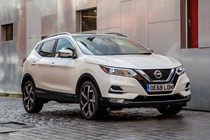
.jpg)
.jpg)
.jpg)
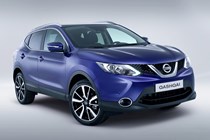
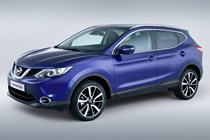
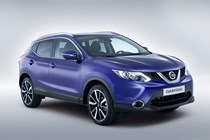
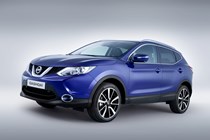


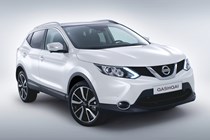
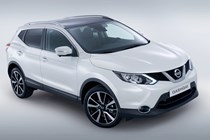
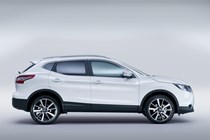
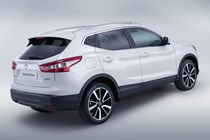
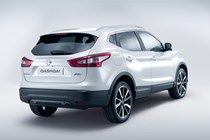
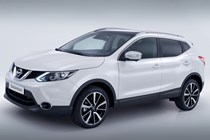
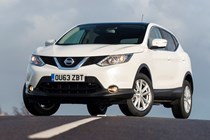
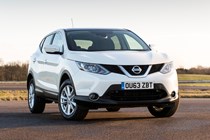
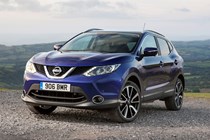
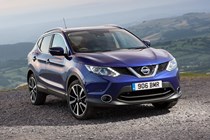
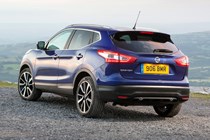
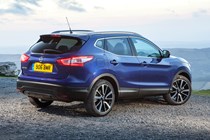
.jpg)
.jpg)
.jpg)
.jpg)
.jpg)
.jpg)
.jpg)
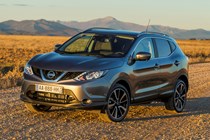
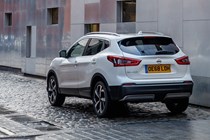
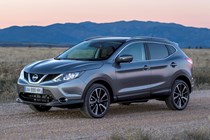
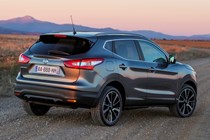
.jpg)
.jpg)
.jpg)
.jpg)

.jpg)
.jpg)
.jpg)
.jpg)
.jpg)
.jpg)
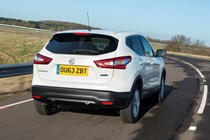
.jpg)
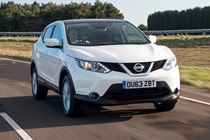
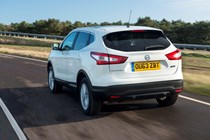
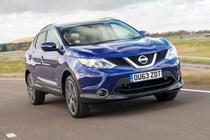
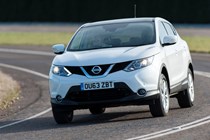
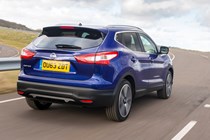
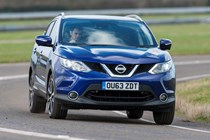
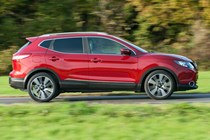
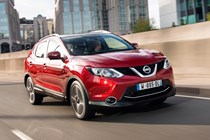
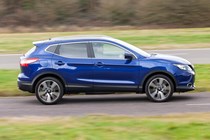
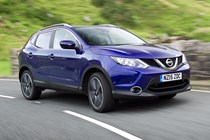
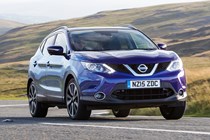
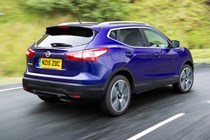


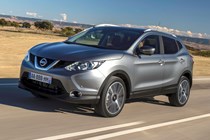
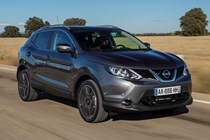
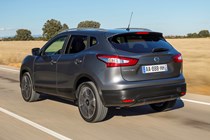
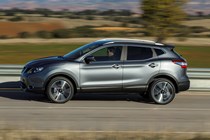
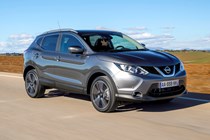

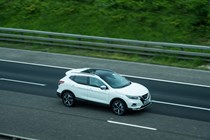
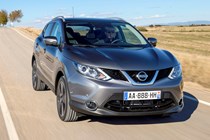
.jpg)
.jpg)
.jpg)
.jpg)
.jpg)
.jpg)
.jpg)
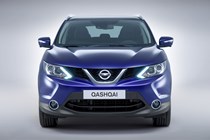
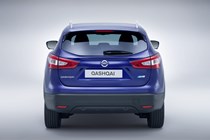
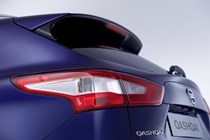
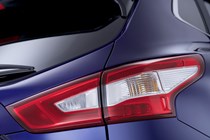
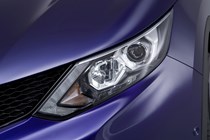
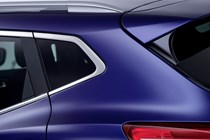

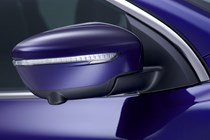

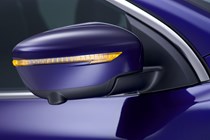
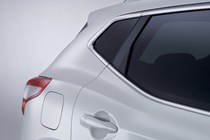
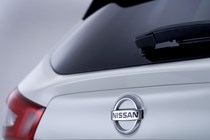
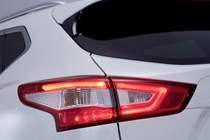
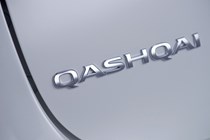
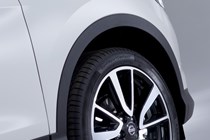
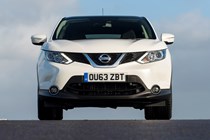
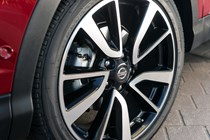
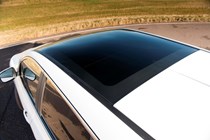
.jpg)
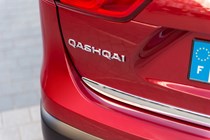
.jpg)
.jpg)
.jpg)
.jpg)
.jpg)
.jpg)
.jpg)
.jpg)
.jpg)
.jpg)
.jpg)
.jpg)
.jpg)
.jpg)
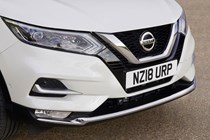
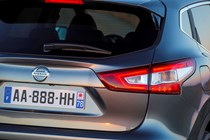

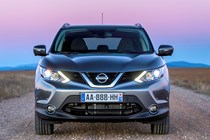
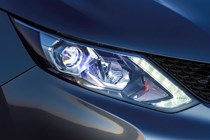
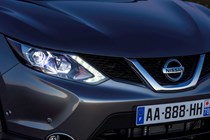
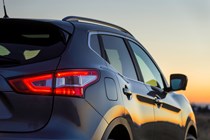
.jpg)
.jpg)
.jpg)
.jpg)
.jpg)
.jpg)
.jpg)
.jpg)
.jpg)
.jpg)
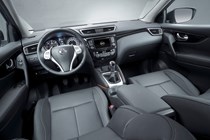
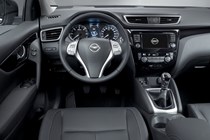
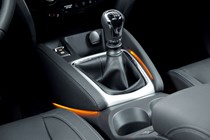
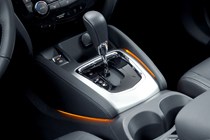

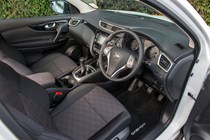
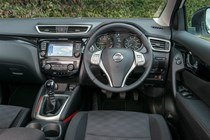
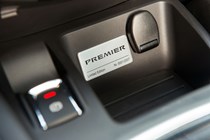
.jpg)
.jpg)
.jpg)
.jpg)
.jpg)
.jpg)
.jpg)
.jpg)
.jpg)
.jpg)
.jpg)
.jpg)
.jpg)
.jpg)
.jpg)
.jpg)
.jpg)
.jpg)
.jpg)
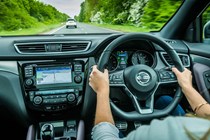
.jpg)
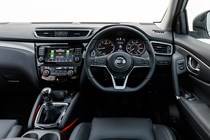
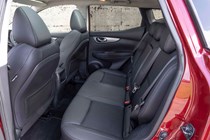

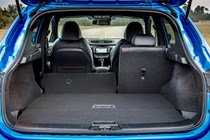
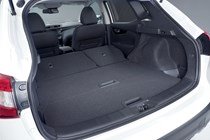
.jpg)
.jpg)
.jpg)
.jpg)
.jpg)
.jpg)
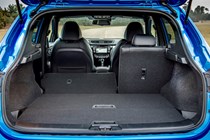
.jpg)
.jpg)
.jpg)
.jpg)



.jpg?quality=50)
.jpg?quality=50)
.jpg?quality=50)


















.jpg?quality=50)
.jpg?quality=50)
.jpg?quality=50)
.jpg?quality=50)
.jpg?quality=50)
.jpg?quality=50)
.jpg?quality=50)




.jpg?quality=50)
.jpg?quality=50)
.jpg?quality=50)
.jpg?quality=50)

.jpg?quality=50)
.jpg?quality=50)
.jpg?quality=50)
.jpg?quality=50)
.jpg?quality=50)
.jpg?quality=50)

.jpg?quality=50)






















.jpg?quality=50)
.jpg?quality=50)
.jpg?quality=50)
.jpg?quality=50)
.jpg?quality=50)
.jpg?quality=50)
.jpg?quality=50)


















.jpg?quality=50)

.jpg?quality=50)
.jpg?quality=50)
.jpg?quality=50)
.jpg?quality=50)
.jpg?quality=50)
.jpg?quality=50)
.jpg?quality=50)
.jpg?quality=50)
.jpg?quality=50)
.jpg?quality=50)
.jpg?quality=50)
.jpg?quality=50)
.jpg?quality=50)
.jpg?quality=50)







.jpg?quality=50)
.jpg?quality=50)
.jpg?quality=50)
.jpg?quality=50)
.jpg?quality=50)
.jpg?quality=50)
.jpg?quality=50)
.jpg?quality=50)
.jpg?quality=50)
.jpg?quality=50)








.jpg?quality=50)
.jpg?quality=50)
.jpg?quality=50)
.jpg?quality=50)
.jpg?quality=50)
.jpg?quality=50)
.jpg?quality=50)
.jpg?quality=50)
.jpg?quality=50)
.jpg?quality=50)
.jpg?quality=50)
.jpg?quality=50)
.jpg?quality=50)
.jpg?quality=50)
.jpg?quality=50)
.jpg?quality=50)
.jpg?quality=50)
.jpg?quality=50)
.jpg?quality=50)

.jpg?quality=50)





.jpg?quality=50)
.jpg?quality=50)
.jpg?quality=50)
.jpg?quality=50)
.jpg?quality=50)
.jpg?quality=50)

.jpg?quality=50)
.jpg?quality=50)
.jpg?quality=50)
.jpg?quality=50)